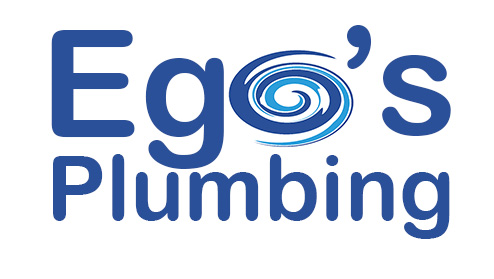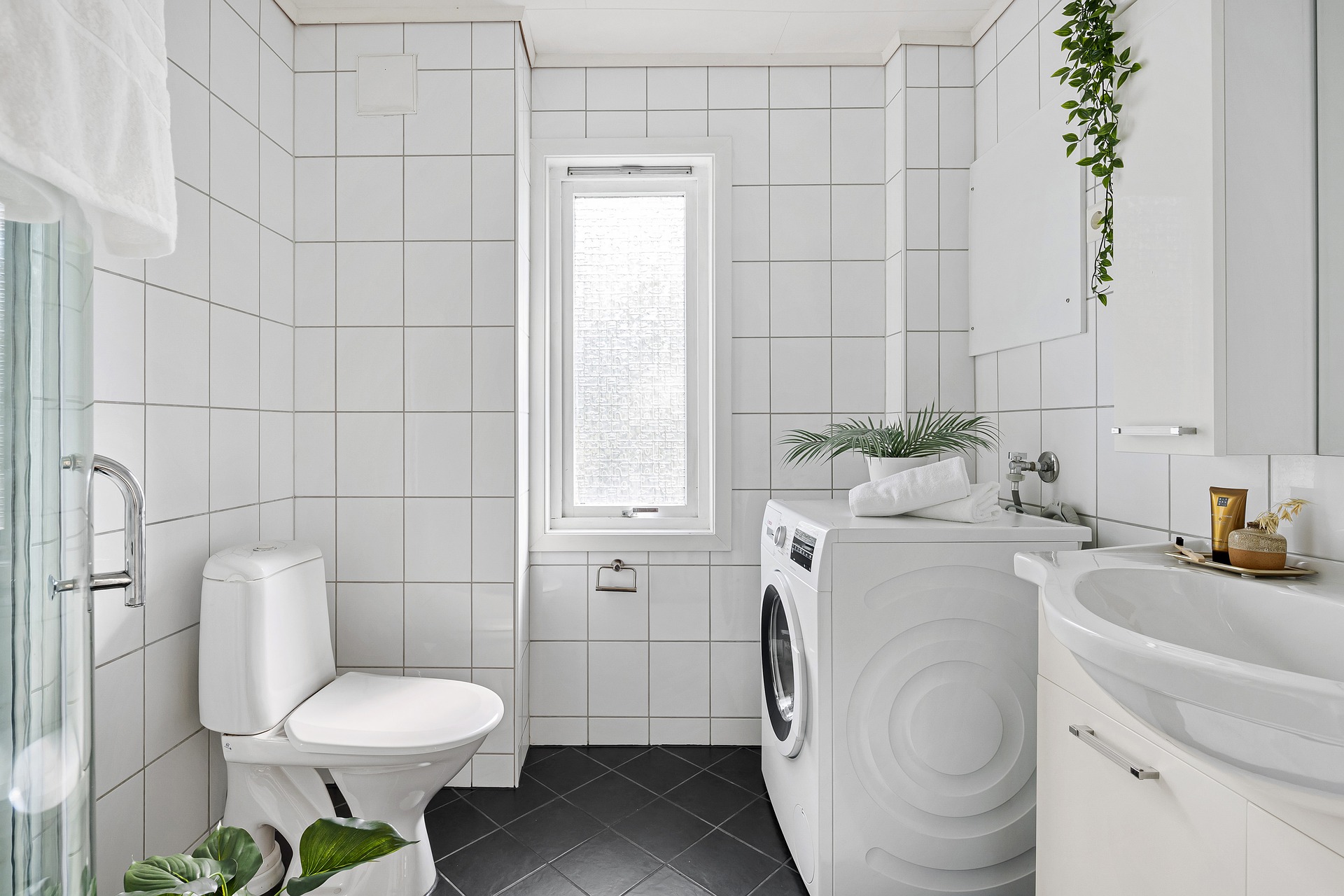After kitchens, when it comes to adding value to your house, bathrooms are the second most important room in the house to renovate. However, it’s important to make sure that you don’t overcapitalise on your bathroom renovation. While a bathroom renovation company can make the process easier for you as they do all the running around; you can get more for your money if you project manage the renovation yourself.
With over 30 years’ experience in residential and commercial plumbing; we have a good idea of what works and what doesn’t work when it comes to planning and project managing a bathroom renovation that will save you money. Here are a few tips to get you started.
- Don’t design on the fly
Good planning is essential to make sure the project doesn’t drag on for weeks or even months. The first step is to think carefully about what works in your current bathroom and what needs to change. Is it purely cosmetic and updating the look or are there functional problems with the bathroom’s current layout? If you keep everything in the same position, it works out much cheaper because you don’t have to get approval because you are just renovating. If you start moving things around then it will cost you a lot more because then you may have to change the drainage etc. and then you need to get plumbing inspectors to approve the works. If you leave everything where it is and you are only changing pipework in the walls, you don’t need to get a plumbing inspector to sign off on the work. If there are functional problems a draftsperson or architect will need to be engaged before you even think about contacting any of the trades. They will be aware of all the building codes and regulations that need to be complied with.
Tip: Where possible keep the points in the same spot.
- Have a budget and stick to it
To avoid overcapitalising, the general rule of thumb is to spend no more that 2% of your current property value on a bathroom renovation. Your budget will need to allow for plumbing, electrical, painting, waterproofing, demolition, waste disposal, tiling, plastering, new fixtures (e.g., tapware, vanity, mirrors, basins, shower, bath) and any certificates of compliance.
Tip: Make sure you factor in a contingency plan of around 15% of your budget to deal with anything unexpected that comes up.
- Carefully choose your fixtures and fittings
If you use a bathroom renovation company, they generally will sell a certain product and that is all they will offer. However, if you organise the trades yourself and purchase all the fixtures - you buy the vanities, toilets, taps and the switching gear yourself; you have a wide range of shops that you can go to and a lot more choice both in quality and price.
Tip: To save money choose vanities or basins that fit with your existing plumbing.
- Decide what you can do yourself
Keep any DIY work to tasks you are confident about tackling, such as painting.
- Pick a start date and line up all your trades
The general order of work is as follows:
- First, the builder will check to make sure there is no asbestos. If there is asbestos then you need to get a licensed removalist.
- All the services such as electricity, water and sometimes gas will need to be disconnected or isolated by the plumber and electrician.
- The builder will then start prepping the bathroom by doing any demolition required, e.g. removing the old bath, shower, vanities, towel rails and existing tiles.
- The carpenter will make any modifications to the new layout where necessary.
- Next the plumber comes in and “roughs in” the pipes and drainage. The pipework in the wall will have to change if you used to have a hot and cold tap and are wanting to replace them with a mixer.
- The electrician then “roughs in” the wiring for light switches, power points for the vanity, lights and heat lamps.
- The carpenter will put up any walls to meet new design requirements.
- The tiler prepares the floor and walls and the waterproofer ensures everything is waterproofed correctly.
- The carpenter will install a built-in bath after the waterproofing has been done or if you are going for a freestanding bath this will be done after the floor has been tiled. Vanities and storage cabinets are also installed.
- The tiler comes back and tiling and grouting is done next.
- The plumber comes back to put the toilet in, taps, connects the drains up, connects the mixers in the shower and puts the shower rose on.
- The painter comes in and does the finishing.
- Any inspections are then carried out.
Tip: Don’t start the job and then go hunting for a tradie. You need to have your trades lined up one after the other. If you pick a date when you plan to start, tell all your trades the start date and when you think they will be needed within a couple of days. The more organised you are the easier the job will flow.


